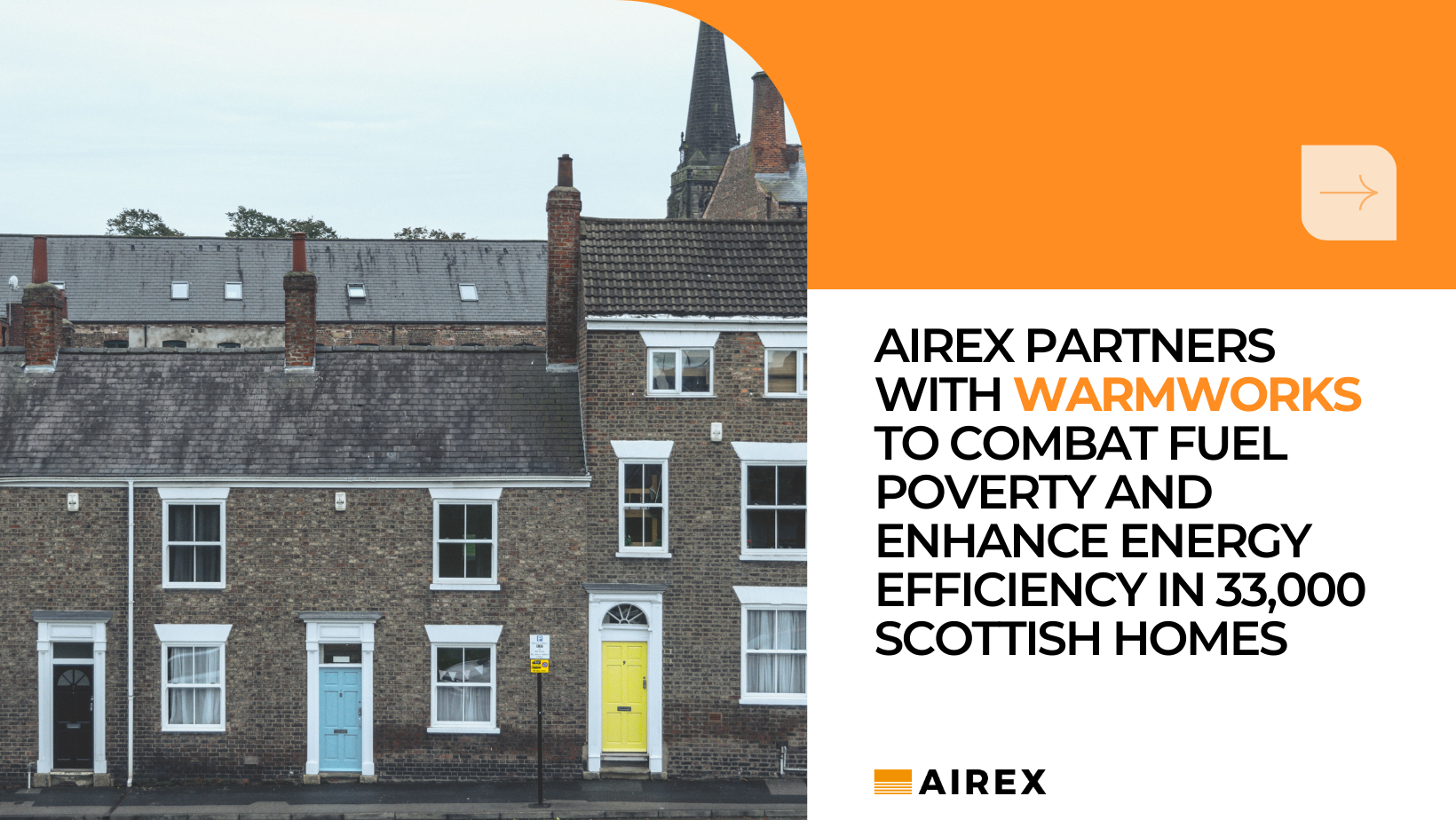Everything You Need To Know About SHDF Wave 2.2
The Social Housing Decarbonisation Fund (SHDF) Wave 2.2 has been unveiled. We are here to unpack the key details of this £80 million initiative, highlighting its implications for social housing retrofits and the broader mission to create energy-efficient, sustainable homes.
Funding Overview
Wave 2.2 of the SHDF marks a vital step forward, offering a funding pool of £80 million to housing associations, local authorities, and consortiums. Applications are slated to open in mid-November 2023. While this funding is notably less than the previous round (Wave 2.1), the impact is expected to be substantial, as it continues the mission to improve the energy efficiency of social housing properties.
Application Eligibility
Wave 2.2 welcomes applications from local authorities, combined authorities, registered providers of social housing (including housing associations and arms-length management organizations), and registered charities that own social housing. Successful applicants can apply either individually or as consortium leads.
Property Eligibility
All existing social housing properties falling below an Energy Performance Certificate (EPC) rating of Band C are eligible for Wave 2.2. Bids should include a minimum of 100 social housing properties at EPC Band D-G, promoting large-scale impact.
Timeline and Delivery Window
All grant funding must be spent by March 31, 2025. However, projects of larger scale or those utilizing only co-funding in the final 12 months can apply for a delivery extension until March 31, 2026.
This funding injection presents an opportunity for social housing retrofits, focusing on installing insulation and heat pumps. These measures aim to lower energy bills by approximately £240 annually, providing tangible benefits for residents. The announcement also highlights a strategic approach, ensuring that previously funded landlords under Wave 2.1 are ineligible for Wave 2.2, reinforcing the fair distribution of resources.
High-Impact Retrofit Solutions
To achieve impactful yet cost-efficient energy savings, focus on cavity wall insulation, loft insulation, and Airex Floorvent. These are the three lowest cost per SAP point solutions, that can significantly boost the EPC rating of a home, allowing the funding received to stretch further and improve the home health for more families.
Cavity wall insulation minimises heat loss between walls
Loft insulation creates an energy-efficient barrier in roofs
Airex Floorvent optimizes ventilation in suspended timber floors, preventing moisture buildup and enhancing overall energy efficiency. These solutions offer significant benefits at a low cost, making them essential for sustainable housing initiatives.
SHDF Wave 2.2 emerges as a beacon for housing associations, social landlords, private landlords, and retrofit solution providers in the quest for energy-efficient, affordable homes. As the application window approaches, stakeholders must prepare to leverage this funding to drive impactful retrofits, alleviating fuel poverty and contributing to a sustainable housing landscape.
With SHDF Wave 2.2 application closing dates just around the corner, it is time to think about the measures you can take that will deliver the results you need while being cost-effective in your bid.
Airex Floorvent is eligible to be included in SHDF bids as an energy efficiency measure for suspended timber floors. Our smart airbricks can provide a lot of the same benefits as underfloor insulation without disruption or high costs.
It's a quick and cheap way to raise an EPC rating by 2-4 SAP points per install. To learn more, reach out to a member of our team
To find out more about how Airex has been used for government-funded fuel poverty schemes, check out this recent case study where we were featured as part of the Warmer Homes Scotland project, where Airex has already been installed on over 500 properties.

